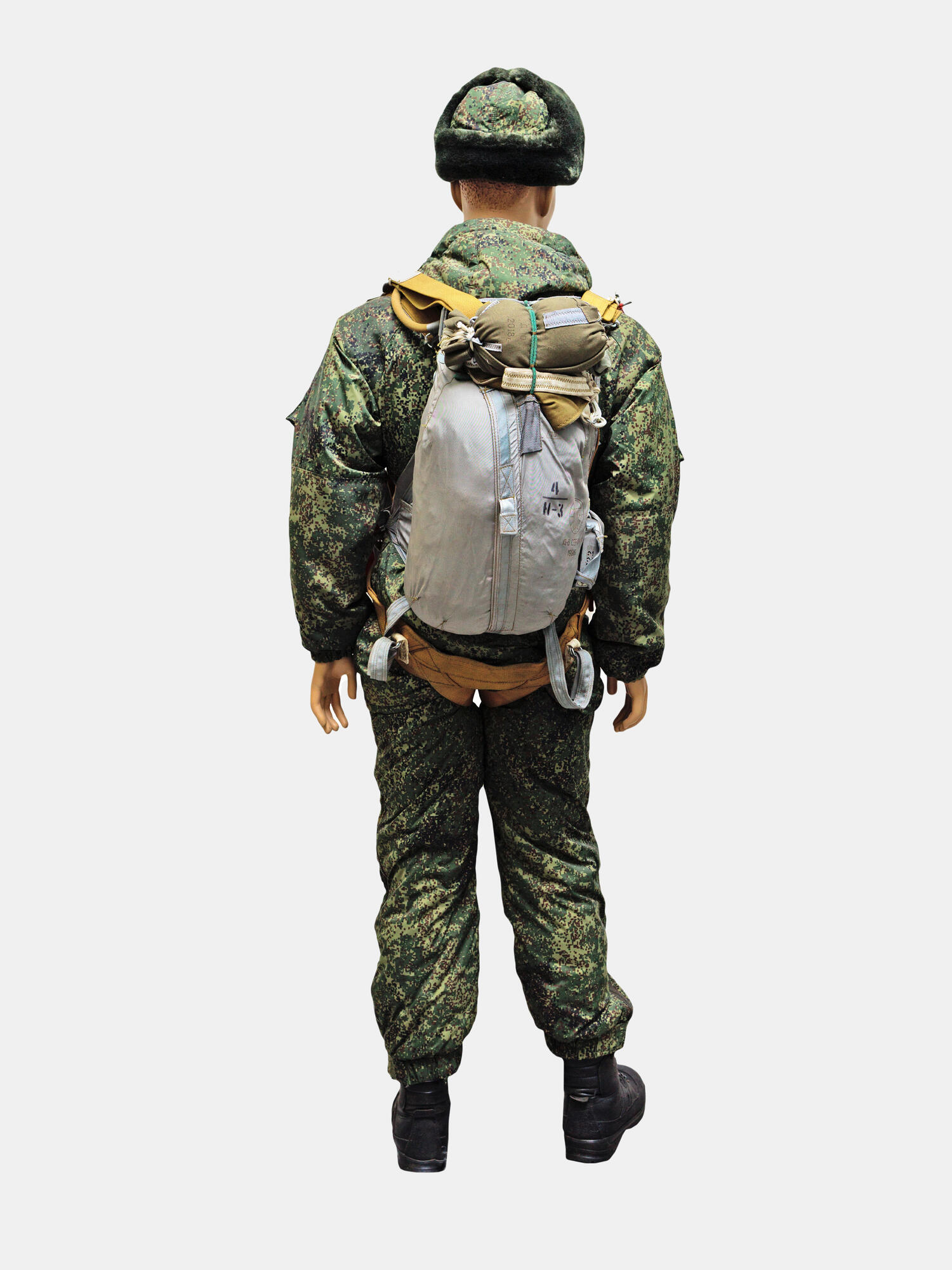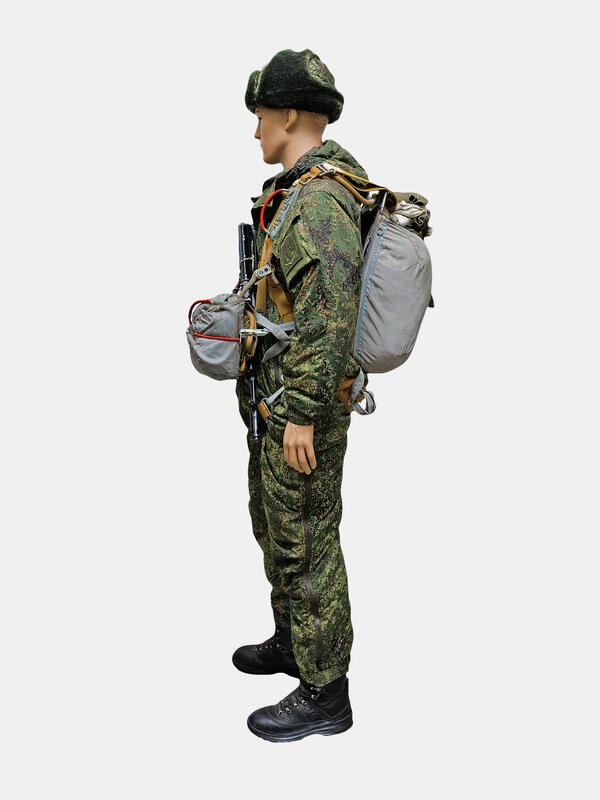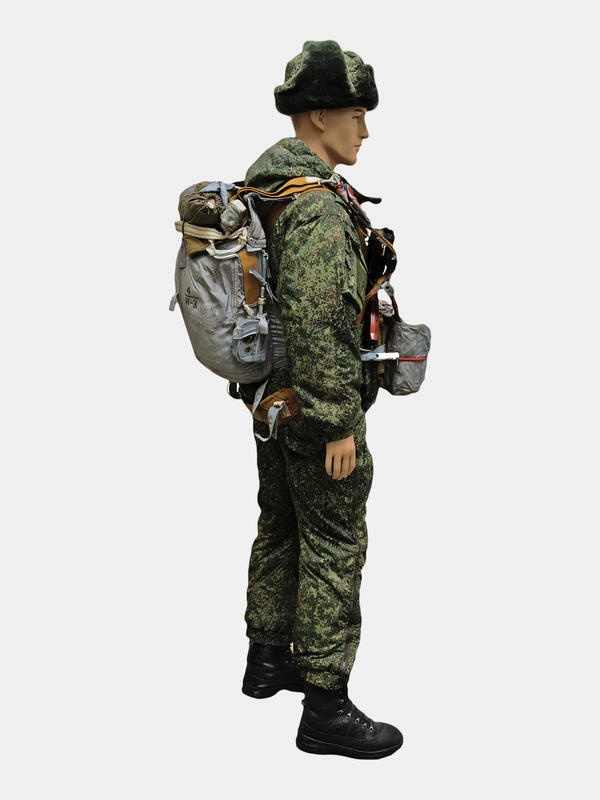The main paratrooper parachute D-6 series 4 is used for training and combat jumps from military transport aircraft and helicopters (the An-12, An-22, An-26 and Il-76 aircraft and the Mi-8 helicopter). It was developed at the Scientific Research Institute of Parachute Construction in early 1975. The Institute develops and creates all types of parachute systems.
The D-6 parachute was adopted in 1985. It was used by airborne troops of the USSR and Russia.
The canopy is made of nylon fabric. Its area is 83 square meters. The parachute system weighs no more than 11.5 kilograms. The weight of the parachute with a paratrooper should not exceed 150 kilograms. The rate of descent is 5 meters per second. The warranty period is 12 years. It is allowed to extend the service life up to 20 years.
This parachute system allows the paratrooper to turn freely in the air to the left and right with the help of special steering lines, significantly reduce the speed of wind drift and move along the horizon back and forth by “rolling” the free ends of the suspension system through curved buckles.
The design of the parachute system provides two ways to deploy the canopy of the main parachute with a normally operating stabilizing parachute: by opening it manually or using the AD-ZU-D-165 safety device, which will automatically open the parachute after a specified period of time.
The parachute uses the cascade system: after the paratrooper pulls the ripcord or after the safety device is activated, the stabilizing parachute opens. It then pulls the second, main parachute from the knapsack. The reserve parachute Z-5 is needed to ensure the safety of the parachutist in case the main parachute fails.
The
parachute can be quickly and conveniently attached to and detached from the
suspension system of the main parachute. As the parachute is in the front, it
is easy to open it with any hand by pulling the ripcord.





